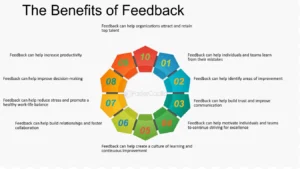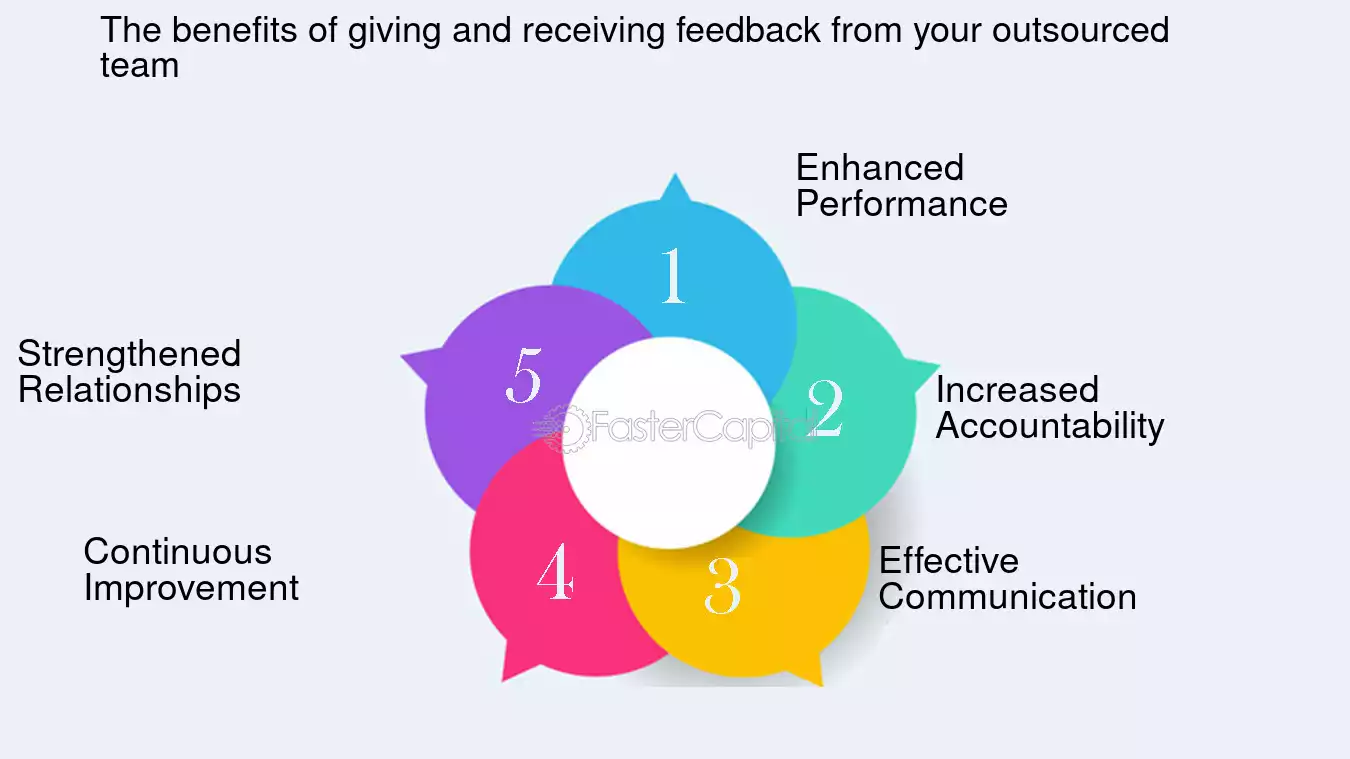Feedback is an essential part of any thriving workplace or learning environment. When done correctly, it can inspire growth, improve performance, and foster stronger relationships. However, delivering feedback effectively is an art that requires skill, empathy, and a clear understanding of its purpose. In this article, we will explore the benefits of feedback and provide practical tips on how to deliver it effectively.

The Importance of Feedback
Feedback serves as a crucial mechanism for improvement, whether in the workplace, educational settings, or personal relationships. It provides individuals with insights into their strengths and areas for development, allowing them to make necessary adjustments. Here’s why feedback is so important:
- Encourages Growth: Constructive feedback helps individuals identify areas where they can improve, leading to personal and professional growth. It motivates people to strive for excellence and take on challenges with confidence.
- Improves Performance: Feedback offers clear guidance on what is expected and how to achieve it. By understanding what they are doing well and where they need to improve, individuals can enhance their performance over time.
- Builds Stronger Relationships: Open and honest feedback fosters trust and respect between colleagues, supervisors, and team members. It shows that you care about the individual’s development and are invested in their success.
- Enhances Communication: Regular feedback promotes a culture of open communication, where individuals feel comfortable sharing their thoughts and ideas. This leads to better collaboration and more effective problem-solving.
Types of Feedback
Feedback can be categorized into two main types: positive and constructive.
- Positive Feedback: This type of feedback acknowledges and reinforces behaviors, actions, or outcomes that are desirable. It’s important for boosting morale and motivation, as it recognizes the individual’s efforts and contributions.
- Constructive Feedback: Constructive feedback, on the other hand, focuses on areas that need improvement. It’s not about criticizing but offering suggestions and guidance on how to achieve better results. Constructive feedback should be specific, actionable, and delivered with the intent of helping the individual grow.
How to Deliver Feedback Effectively
Delivering feedback effectively requires careful consideration of the message, the timing, and the delivery method. Here are some key tips for providing feedback that is both impactful and well-received:
Be Specific and Clear
When giving feedback, be specific about what you are addressing. Avoid vague statements like “You need to do better” and instead focus on particular actions or behaviors. For example, “Your report was well-researched, but it would be more effective if the data analysis section was expanded.”
Focus on Behavior, Not the Person
Feedback should target specific behaviors or outcomes, not the individual’s character or personality. This approach helps the recipient understand what needs to change without feeling personally attacked. For instance, say, “I noticed that the project deadline was missed,” rather than “You’re always late.”
Offer Constructive Suggestions
When providing constructive feedback, include actionable suggestions on how to improve. Rather than simply pointing out what went wrong, guide the individual on how they can do better next time. This might involve offering resources, additional training, or specific steps to take.
Choose the Right Time and Place
Timing is crucial when delivering feedback. Choose a moment when the recipient is most receptive, and ensure the environment is appropriate—private and free from distractions. Avoid giving feedback when emotions are running high, as it may not be well-received.
Balance Positive and Constructive Feedback
While it’s important to address areas for improvement, it’s equally vital to acknowledge what’s going well. Balancing positive and constructive feedback ensures that the individual doesn’t feel overwhelmed by criticism and recognizes their strengths alongside areas for growth.
Use a Collaborative Approach
Encourage a two-way dialogue when delivering feedback. Ask the recipient for their perspective, and engage them in finding solutions. This collaborative approach fosters a sense of ownership and accountability for the improvements needed.
Follow Up
After giving feedback, follow up to see how the individual is progressing. Offer additional support if needed, and acknowledge any improvements they’ve made. This reinforces the feedback and shows that you are committed to their development.
Conclusion
Feedback is a powerful tool that drives growth, improves performance, and strengthens relationships. When delivered effectively, it can inspire individuals to reach their full potential and contribute positively to the success of their team or organization. By being specific, focusing on behavior, offering constructive suggestions, and maintaining a balance between positive and constructive feedback, you can ensure that your feedback is both impactful and well-received.




